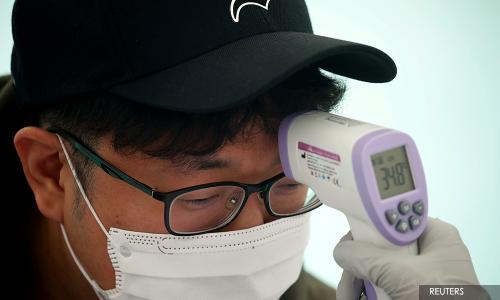COMMENT | How S Korea built a health system to beat Covid-19
COMMENT | The importance of a reliable and widely accessible healthcare system is never more apparent than during a pandemic. It is now painfully clear that countries cannot pursue economic development, and assume that the health system will develop in tandem.
Instead, they must do what South Korea did - devise targeted strategies for effective healthcare delivery that go hand-in-hand with broader social and economic development efforts.
Over the last decade, South Korea’s modern and robust health infrastructure has enabled it to cope with multiple major health crises. The Covid-19 crisis has been no different. Although South Korea faced one of the world’s largest initial outbreaks outside China, it managed to contain the virus quickly, without imposing a nationwide lockdown.
This success was a long time coming. South Korea’s rapid ascent from a low-income country to high-income status occurred alongside a drastic improvement in health outcomes. From 1960 to 1990, the infant mortality rate plummeted, from 80 deaths per 1,000 births to just 13, and average life expectancy at birth increased from 55 to 72 years.
This was no accident. South Korea’s government began investing in healthcare – especially in ensuring that services were available to rural communities and the poor – very early in the development process. In the 1950s, the government established immunisation centres in every town and village.
Beginning in the 1960s – when South Korea’s ...
RM12.50 / month
- Unlimited access to award-winning journalism
- Comment and share your opinions on all our articles
- Gift interesting stories to your friends
- Tax deductable
